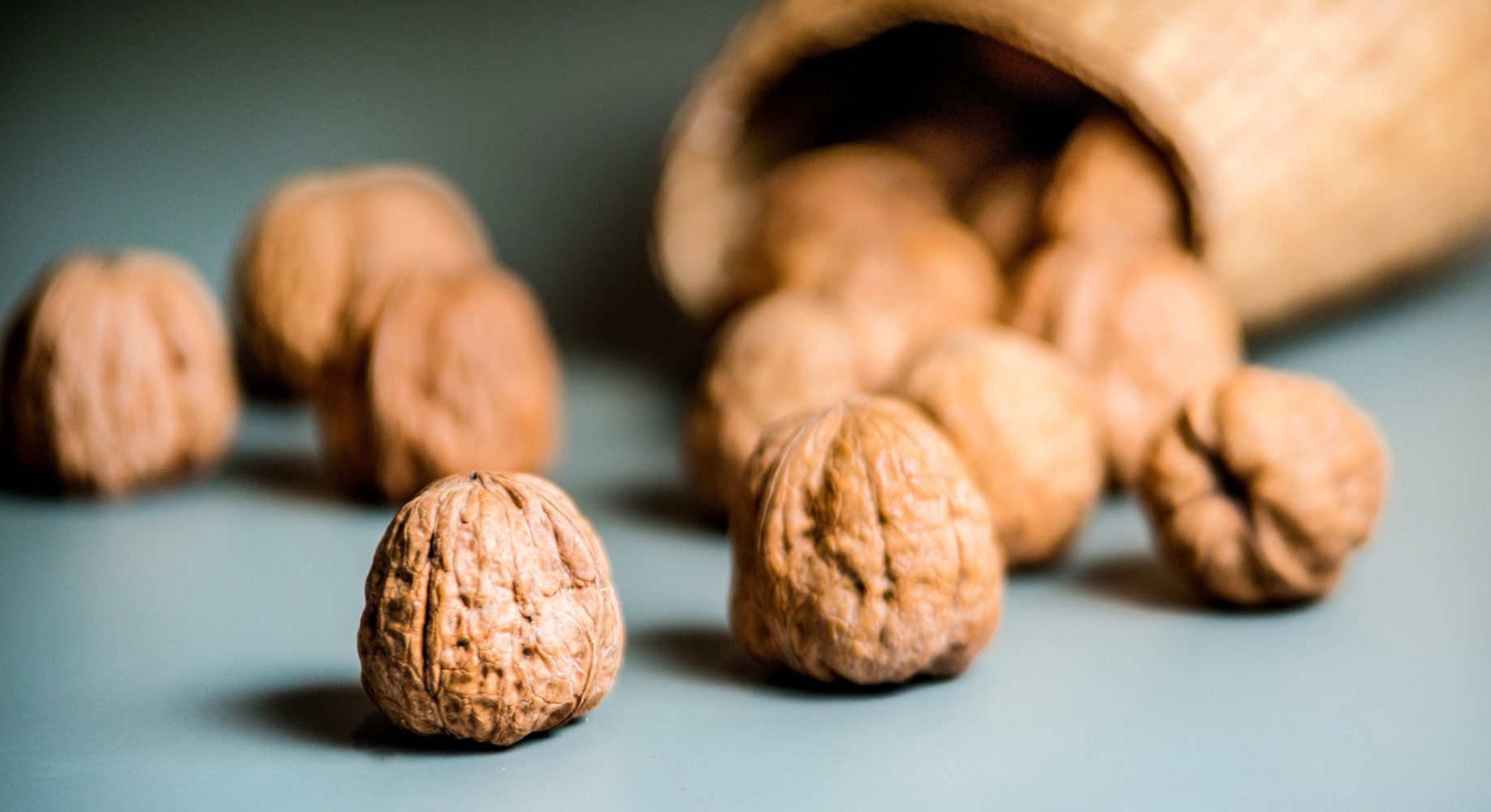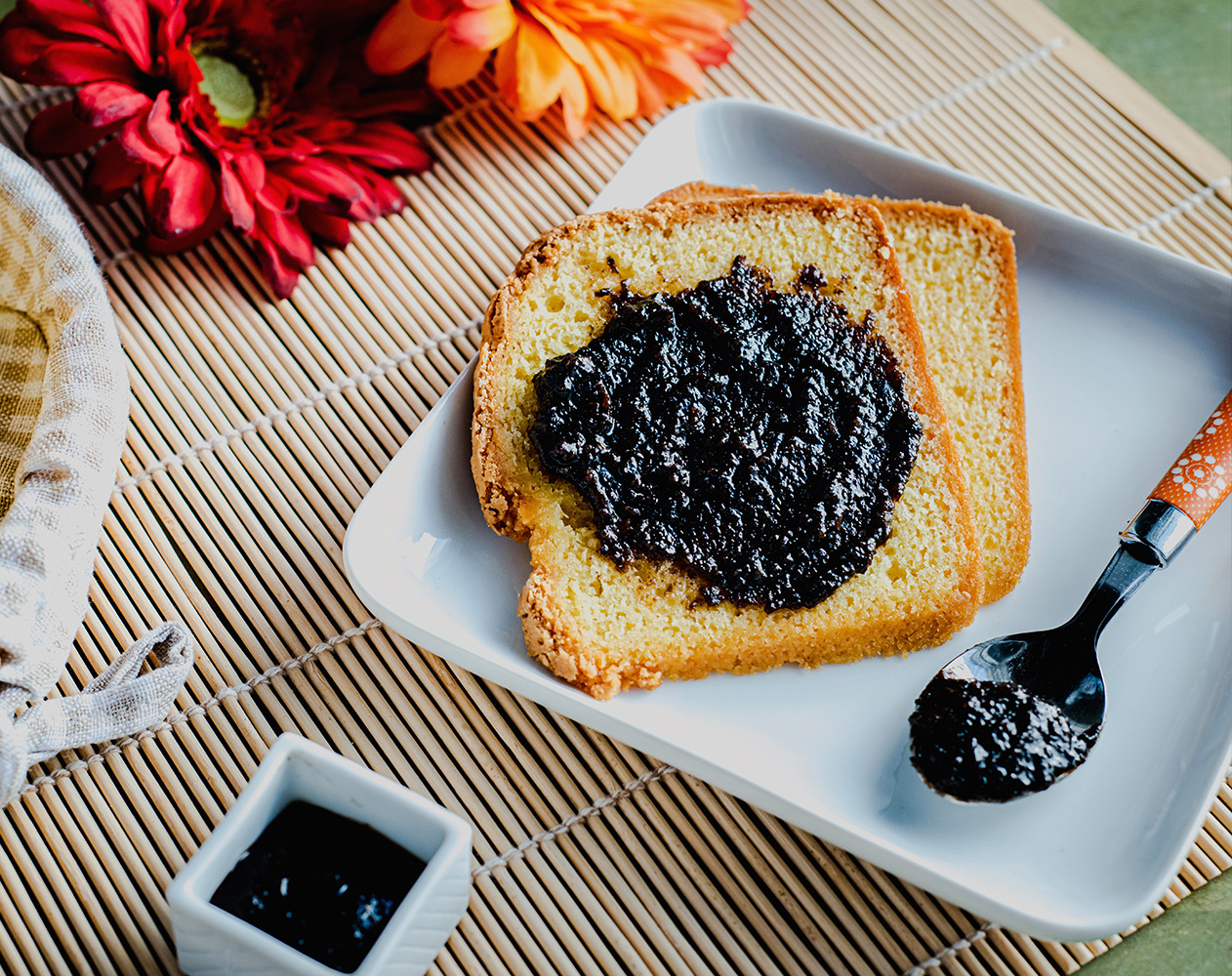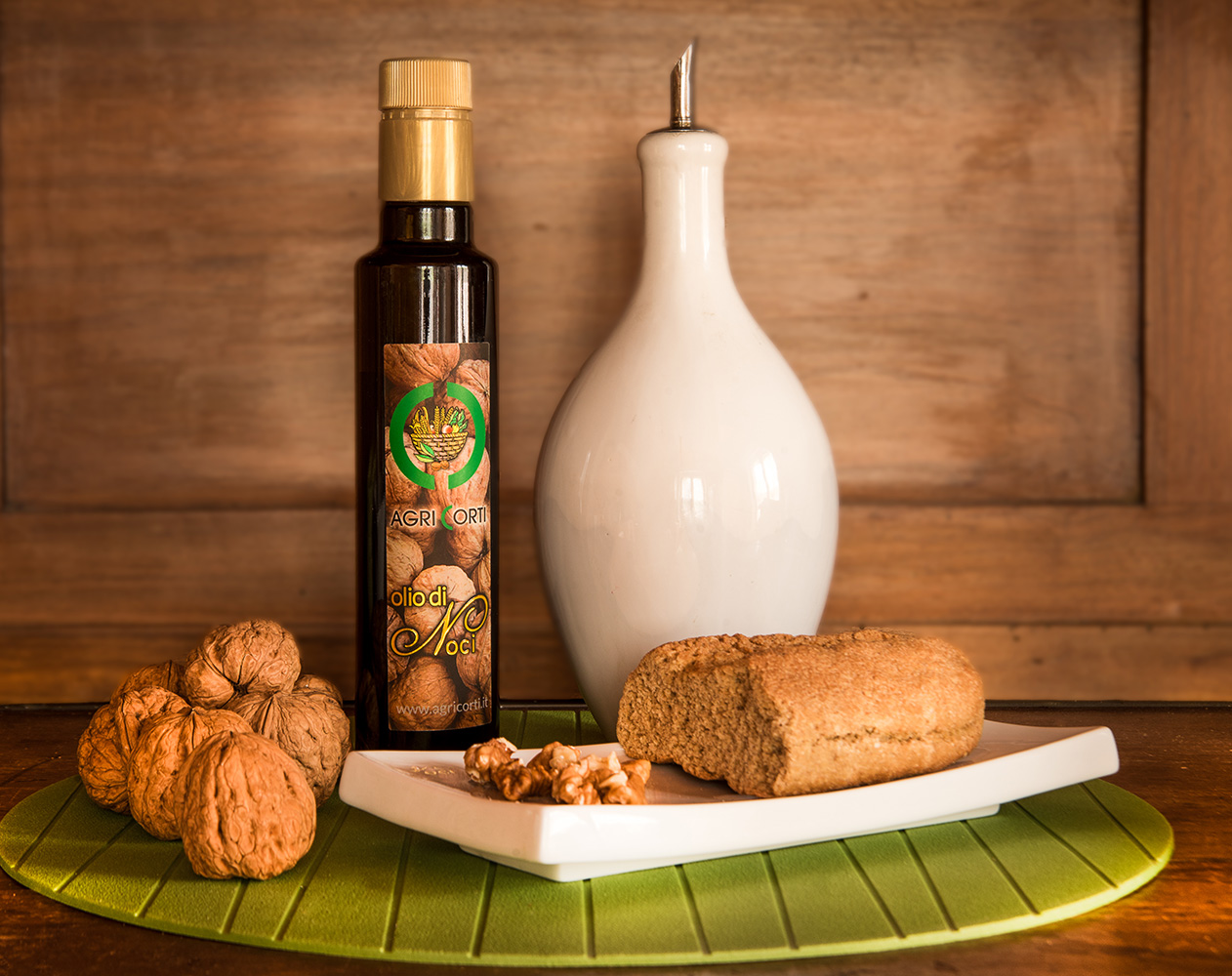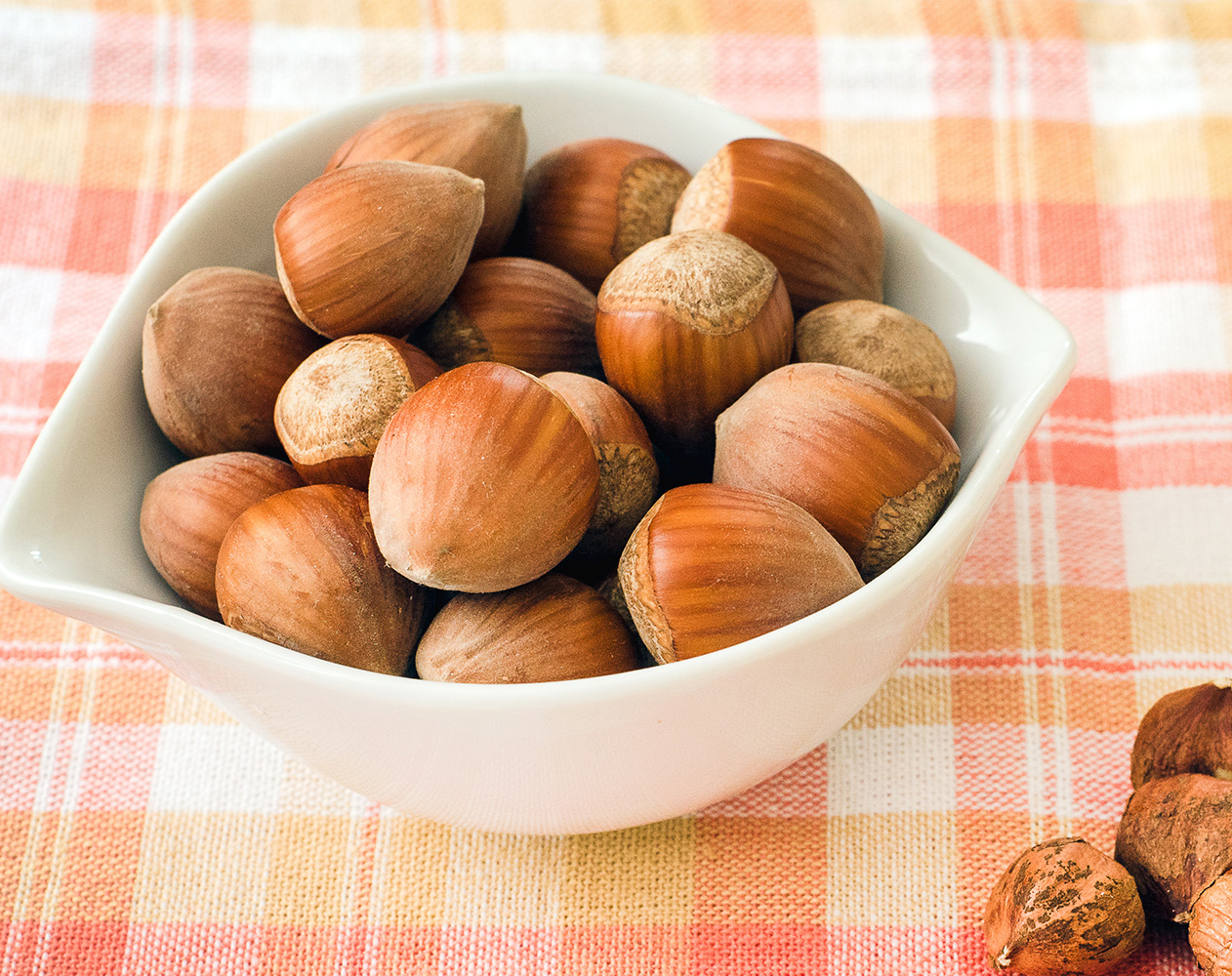Origins and use of walnuts throughout history
The walnut is a plant native to Asia, introduced to Europe in the Archaic period for its edible fruits, and is considered one of the oldest fruit trees known to man.
In ancient Persia it already existed in 7000 BC, but only the rulers ate the walnuts, to the point where the fruit was even described as “royal”, and walnut “flour” was used to thicken soups and stews. Inscriptions found on clay tablets dating back to the second century BC revealed the existence of walnut trees in the famous hanging gardens of Babylon.
The first walnut farmers were the ancient Greeks, but the Persians managed to cultivate a superior quality with a higher oil yield. In Greece, they were also used for hair dyes, wool, fabrics and medicine.
About one-hundred years later, even the Romans discovered their qualities. Their importance led walnuts to be mentioned in the main agronomy treatises of the Latin world. Pliny the Elder, in his Naturalis Historia treatise, suggested applying walnut kernels chewed by a fasting man on a wound inflicted by a rabid dog to heal it. Walnut oil was prescribed for colic and to soothe the intestine. Green walnut juice diluted in warm water was recommended as amouthwash and to stop diarrhoea, while green walnut boiled with sugar was used to relieve constipation.
In China, as early as the third century AD, walnut milk was considered a food capable of giving strength, and it was afforded the same importance since the Medieval throughout all of Europe, to the point where it was used as a nutritious substitute for cow’s milk.
In the 14th century in France, they were among the list of desserts served during royal banquets. On these occasions, the walnuts were preserved in a mixture of honey and spices, prepared weeks earlier before the event. In the UK on the other hand, the first record of the arrival of walnuts dates back to the mid-16th century. Here, they were normally served at the end of a meal along with pork or Stilton cheese.
Bibliography
- Casas-Agustench P., Salas-Huetos A., Salas-Salvado J. Mediterranean nuts: origins, ancient medicinal benefits and symbolis. Public Health Nutrition. 2011; 14(12A), 2296–2301.
- Malhotra S.P. World edible nuts economy. Concept Publishing Company, 2008.
- Salas-Salvadó J., Casas-Agustench P., Salas-Huetos A. Cultural and historical aspects of Mediterranean nuts with emphasis on their attributed healthy and nutritional properties. Nutr Metab Cardiovasc Dis. 2011 Jun; 21 Suppl 1:S1-6.
- www.agraria.org



 0131.887213
0131.887213 Carrello
⟨0⟩
Carrello
⟨0⟩













